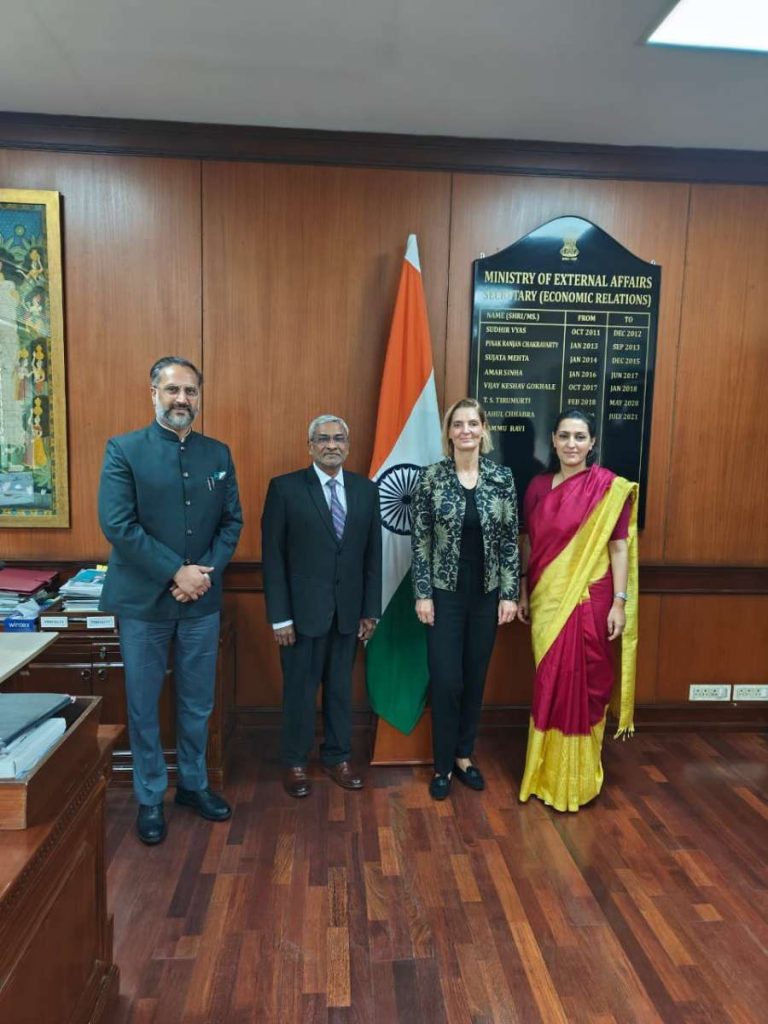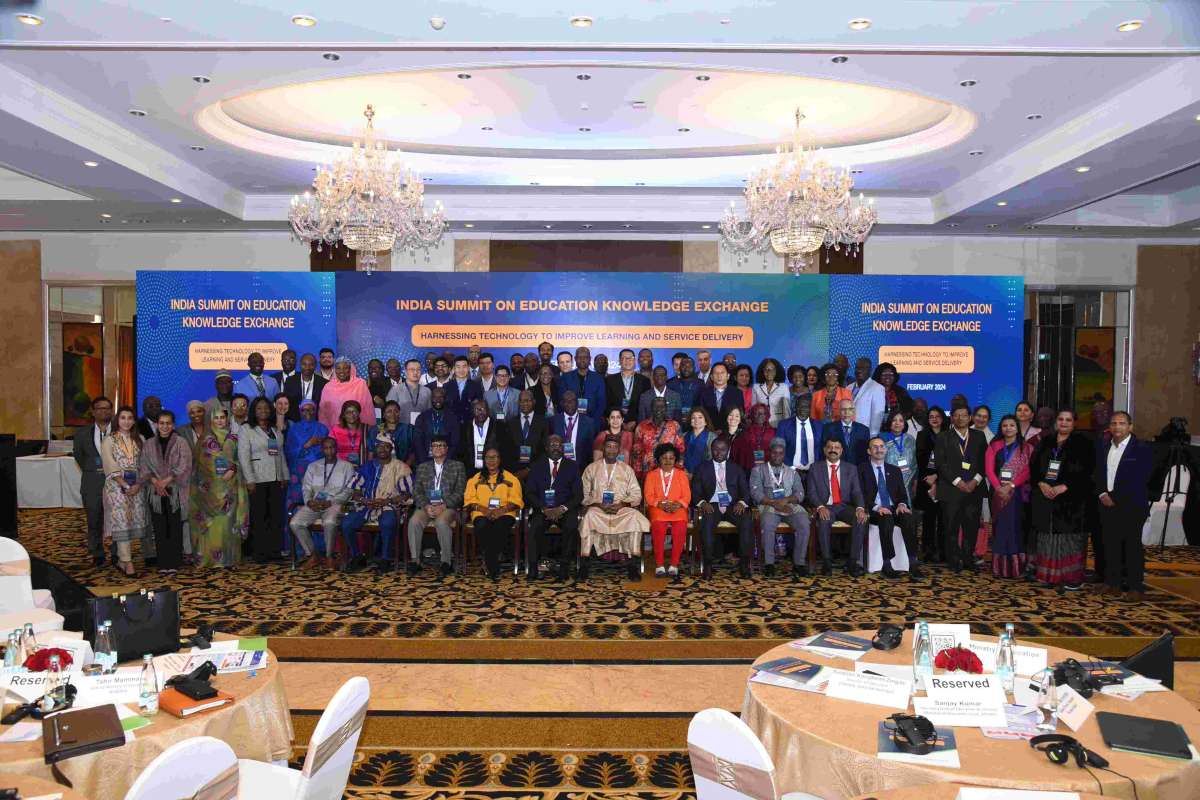World Bank, participants from 21 countries visit Gujarat’s education review centre….reports Asian Lite News
A team led by Luis Benveniste, Global Director of Education, visited the Vidya Samiksha Kendra in Gujarat’s Gandhinagar along with participants from Mali, Guinea, Mauritania, Burkina Faso, Togo, Central African Republic, Benin, Liberia, Sierra Leone. About 65 people, including education ministers and dignitaries from Lyon, Nigeria, Cameroon, Mongolia, and Ghana were also present.
They were apprised of the activities that are held in this special review centre.
Vidya Samiksha Kendra is the country’s first centre for real-time, online comprehensive monitoring of school education. Vidya Review Centre, which has contributed significantly to the radical change in the education sector, has been visited by dignitaries from across the country and the world including the Prime Minister.
The World Bank has adopted the Center for Education Review as a global best practice and advises other developing countries to emulate it. Additionally, in August last year, Janet Yellen, Secretary of the Treasury, the US and Ajay Banga, President, of the World Bank visited the Center for Education Review.
Vidya Samiksha Kendra collects more than 500 crore data sets every year from all school education initiatives. This huge data is then meaningfully transformed using modern technologies like big data analytics, artificial intelligence and machine learning to improve the norm-compliant learning outcomes of students and the state. All data sets are monitored online on a real-time basis.
Vidya Samiksha Kendra records the daily online attendance of all 1.15 crore students and all 4 lakh teachers of the state.
The centre has been very helpful in taking all policy decisions — data-based decision-making in school education. Necessary data-based inputs are provided through this Vidya Samiksha Kendra and based on this the learning outcome of the students of the state is improved and the education success graph is enhanced.
Gujarat Education Minister Praful Pansheriya said, “Gujarat has used the loan from the World Bank to make sure that education reached every village…World Bank is thinking of developing education in other countries of Africa…To understand the functioning of Vidya Samiksha Kendra, representatives of more than 20 countries visited here today…Gujarat is moving forward in terms of education…We will make sure that the New Education Policy is implemented in the country properly.” (ANI)

MEA Secy Holds Talks With Top World Bank Official
The secretary (Economic Relations) in the Ministry of External Affairs, Dammu Ravi, met the World Bank’s Director of Regional Integration and Engagement in South Asia, Cecile Fruman, in New Delhi on Monday.
The two leaders discussed wide-ranging issues, from the power sector to capacity building to energy security and disaster resilience as well.
In a post on social media platform X, the spokesperson of the Ministry of External Affairs, Randhir Jaiswal, wrote, “Secy (ER) Dammu Ravi met @cfruman, Director, Regional Integration and Engagement, South Asia, @WorldBank in New Delhi today.”
“Discussions covered various activities of World Bank pertaining to regional integration. Issues related to the power sector, capacity building, energy security and disaster resilience were also discussed,” the MEA spokesperson wrote in a post.
In first week of February, Martin Raiser, a senior World Bank official lauded India for its high economic growth and modest emission, saying India’s development trajectory matters globally and its track record puts it on a much lower carbon emissions path than other major economies.
Speaking at an event here, Martin Raiser, Vice President for the South Asia Region at the World Bank, emphasised the need for climate resilience as India is among the top 10 most climate-vulnerable countries.
He also stressed the importance of more private investment along with public funding to address the climate issue.
Raiser was speaking at the World Sustainable Development Summit organised by The Energy and Resources Institute (TERI).
Emphasising that India today emits only 2.8 tons of CO2 per year, a quarter of China’s and less than half of the global average, Raiser believes the country would continue on this high growth, modest emissions path. He cited two arguments to support his argument.
“First, because it’s the remains of the economy driven by low emission services, even if demand for industrial goods is likely to increase as India organizes and builds more infrastructure to serve this fast-growing economy. Second, technological progress will allow India to increasingly comfortable energy supply from carbon emissions and has already made significant inroads in the power sector” he said.
Raiser also pointed out that India is the world’s fourth-largest renewables market and owns 3 per cent of the global manufacturing capabilities.
“India’s development trajectory matters globally. Its track record today puts it on a much lower carbon emissions path than other major economies in the form of its climate vulnerability, deep domestic capital markets and domestic innovation capacity, which may also position it as a leader in developing and funding climate smart climate,” he said. (ANI)
ALSO READ: Kamal Hassan Set to Announce Alliance

